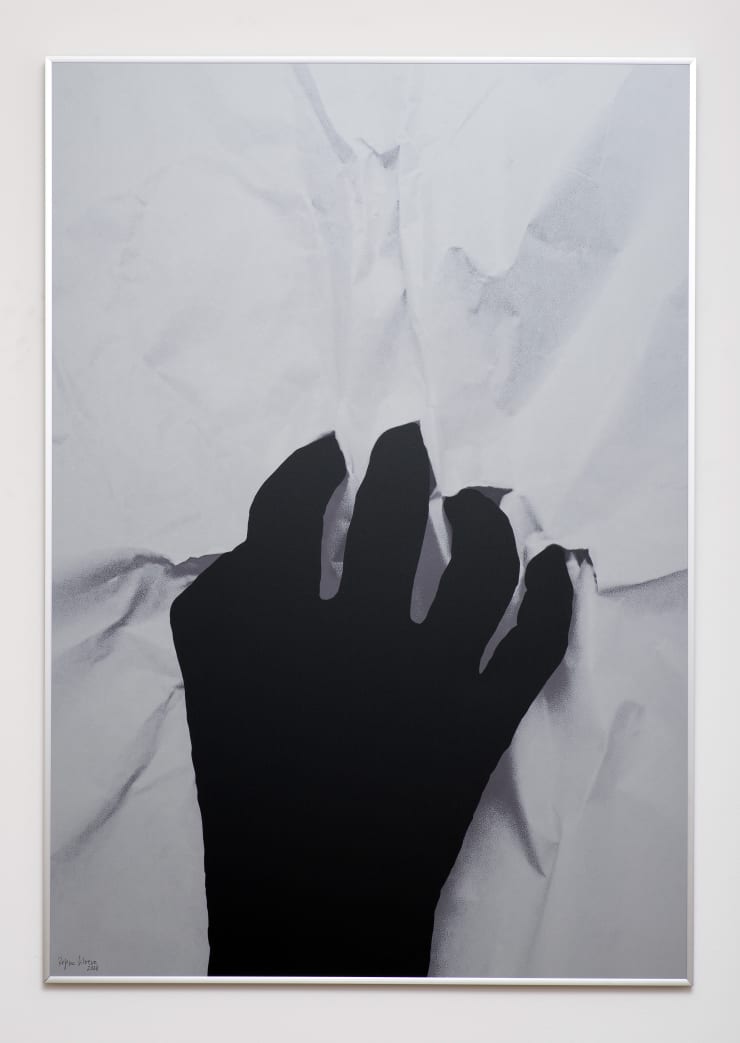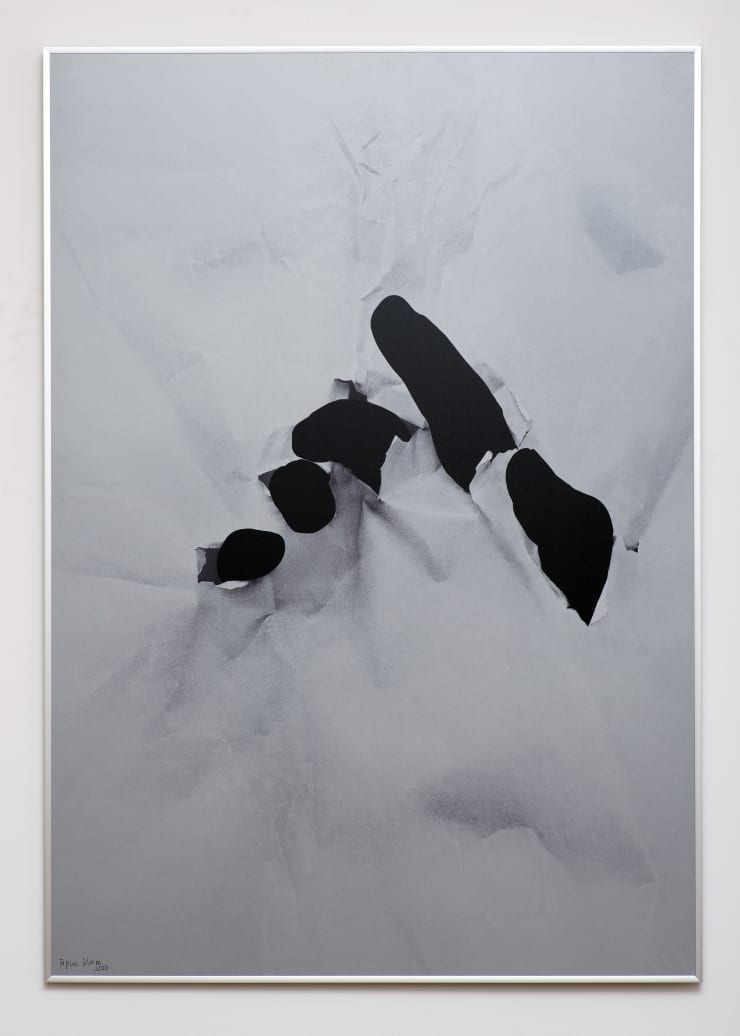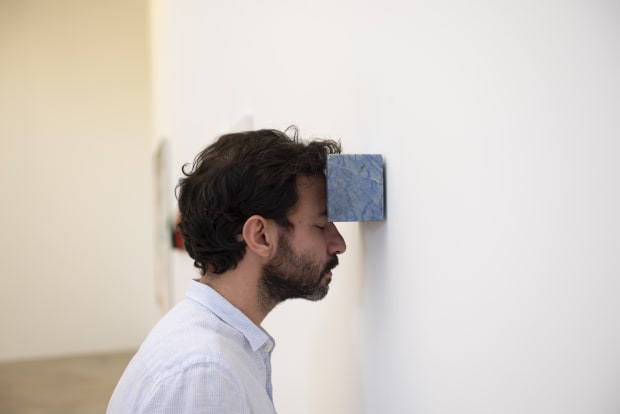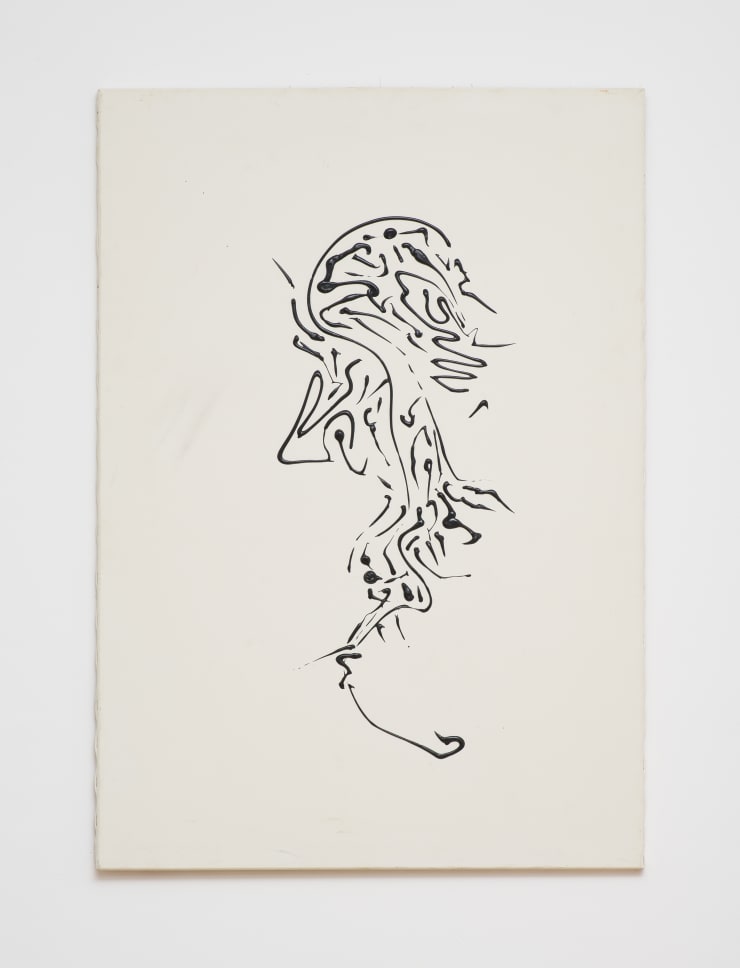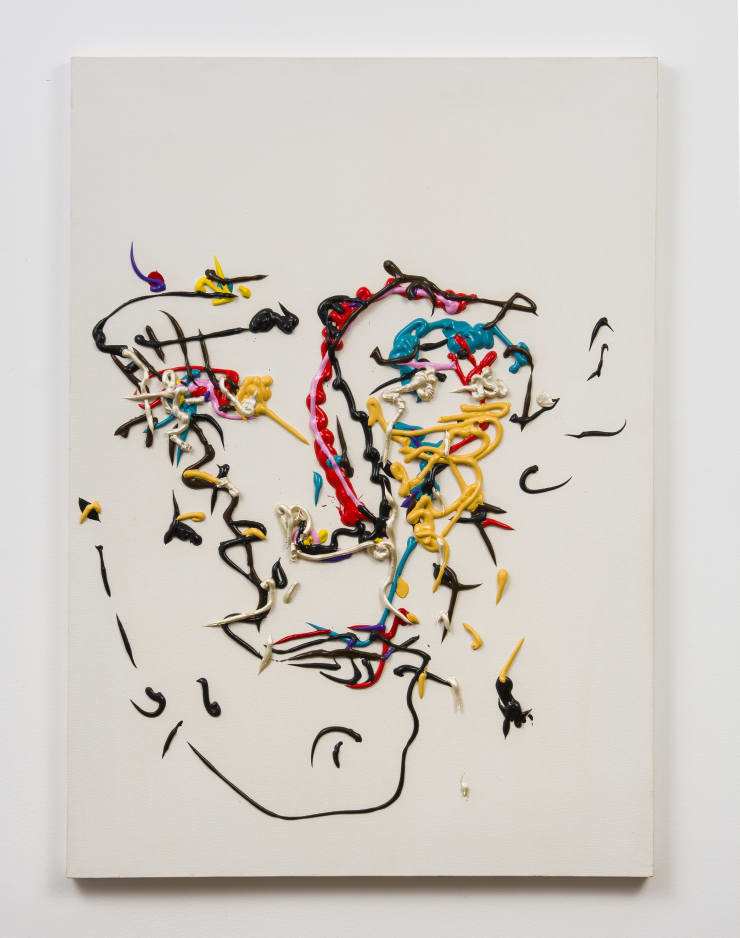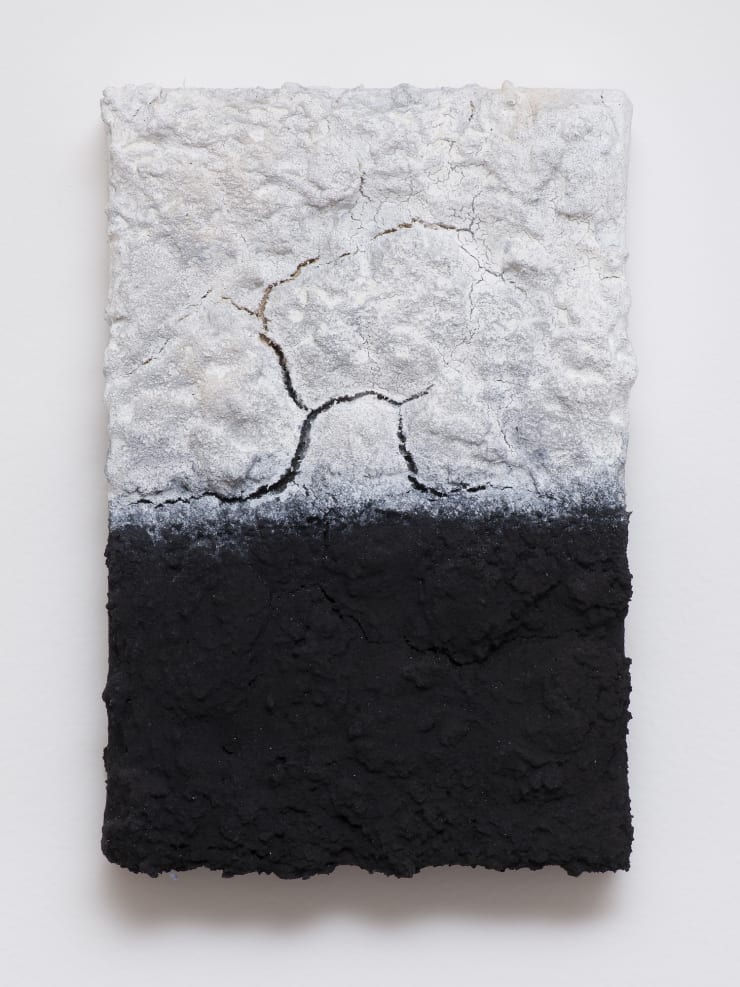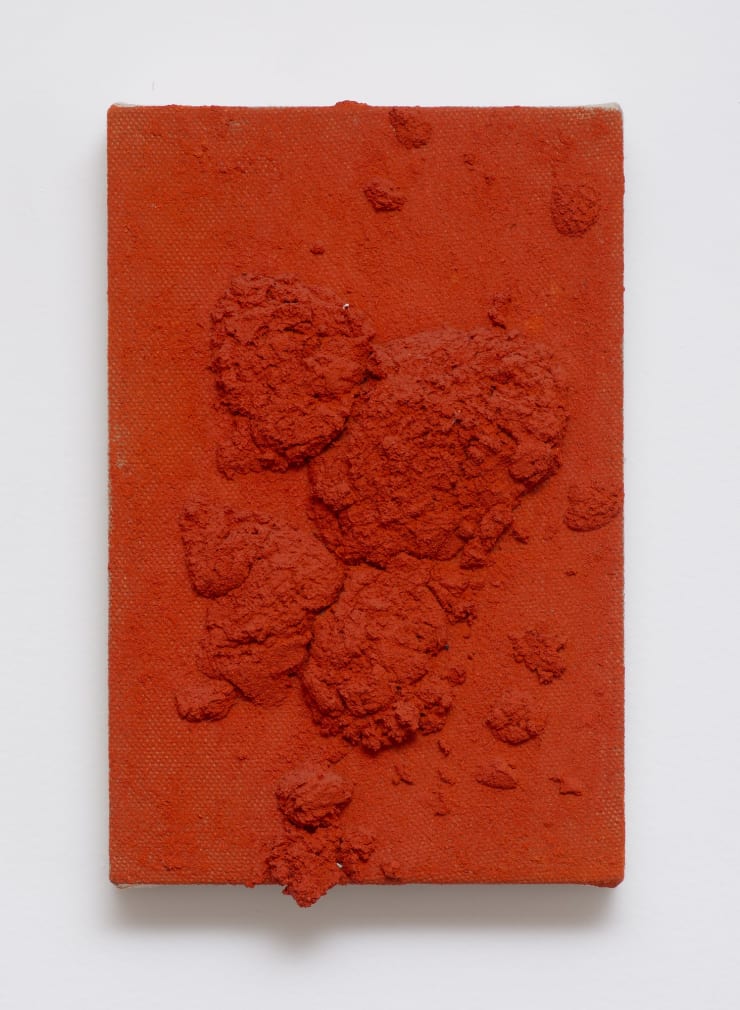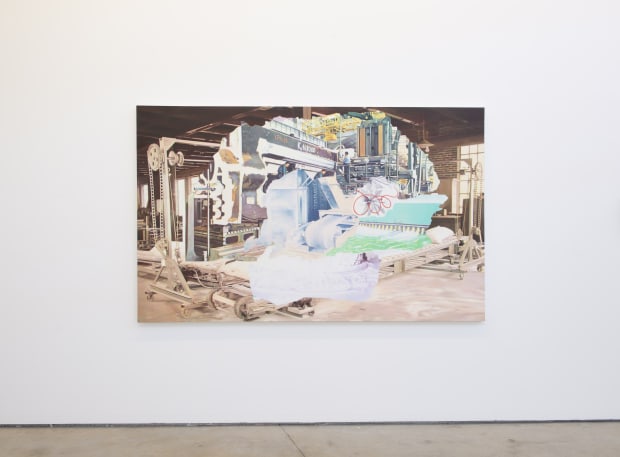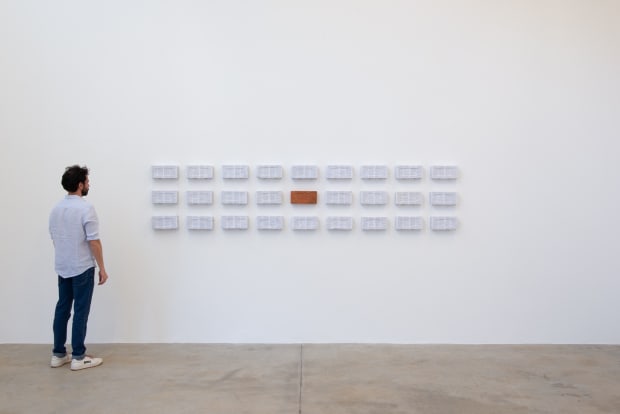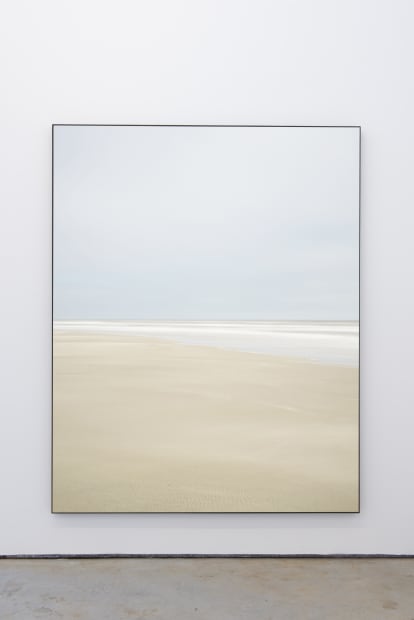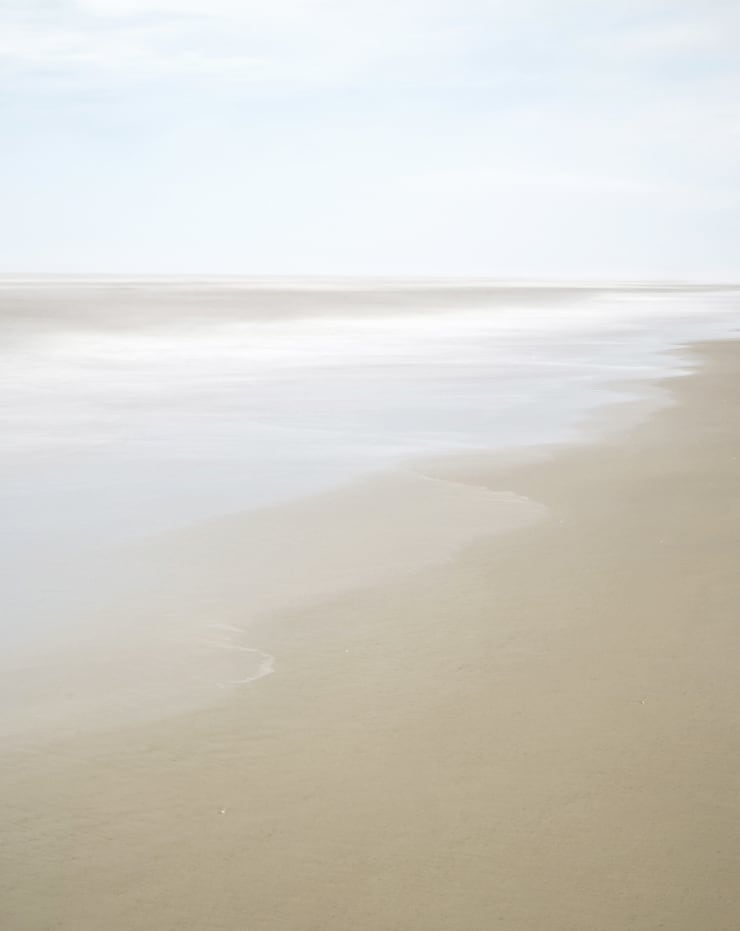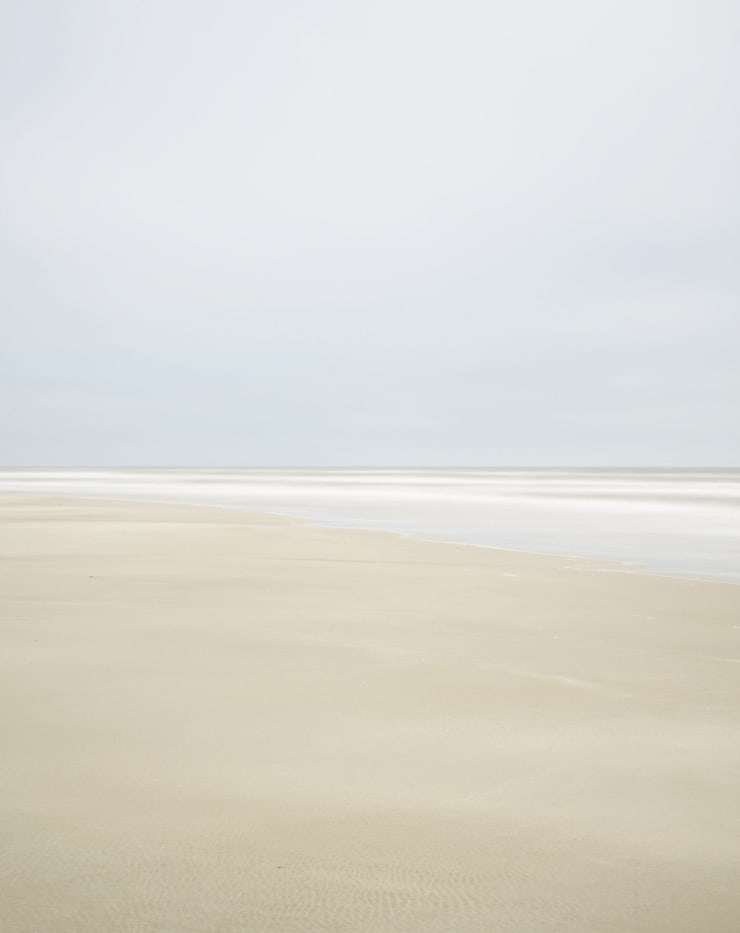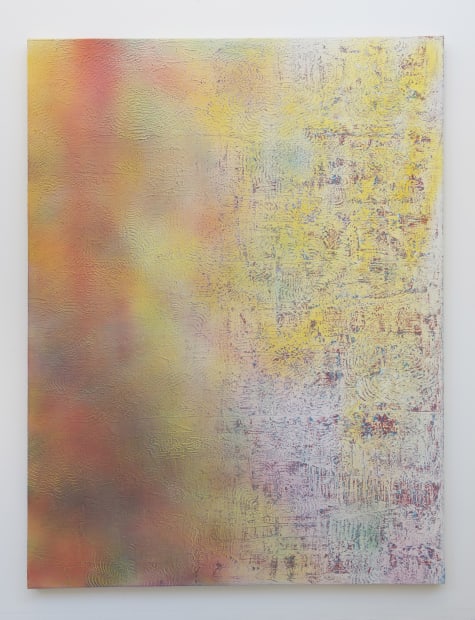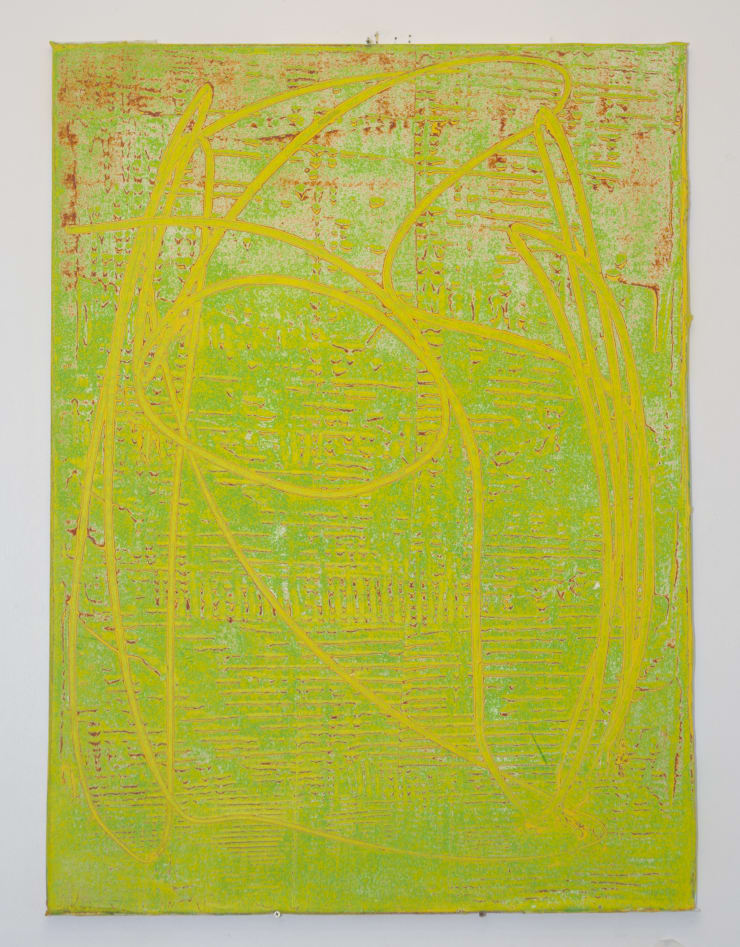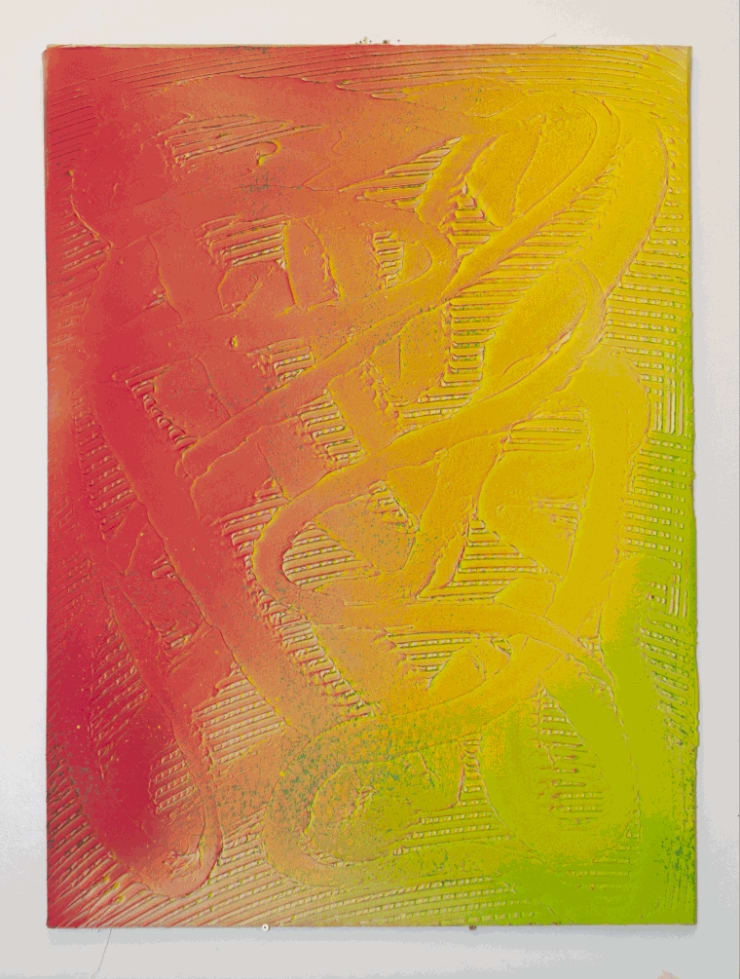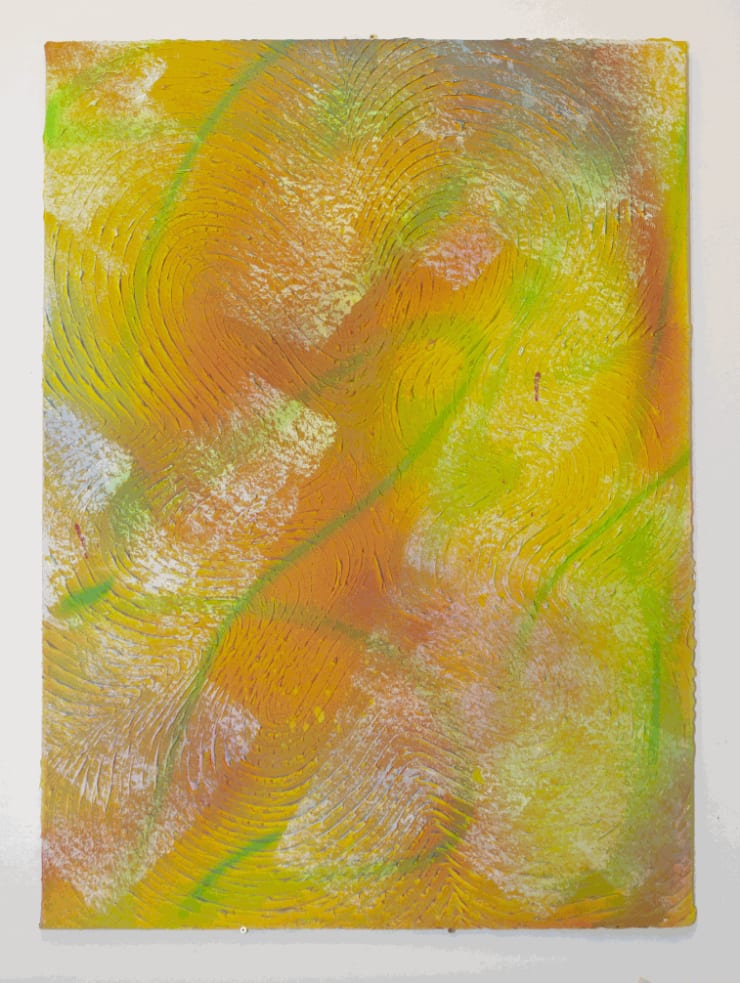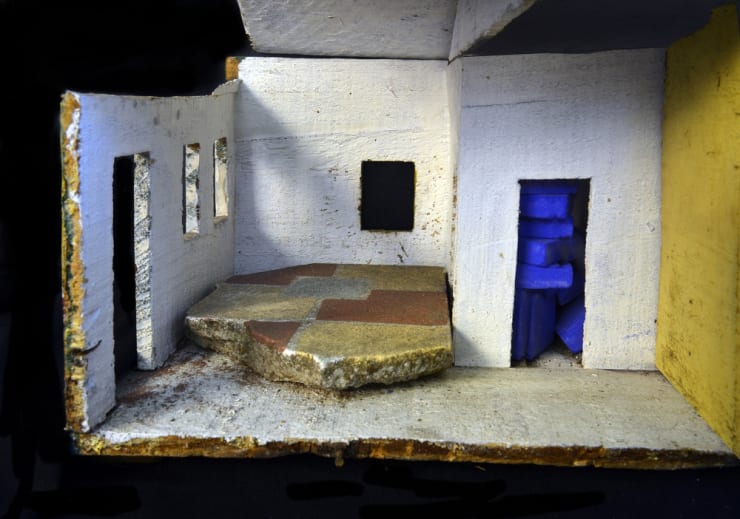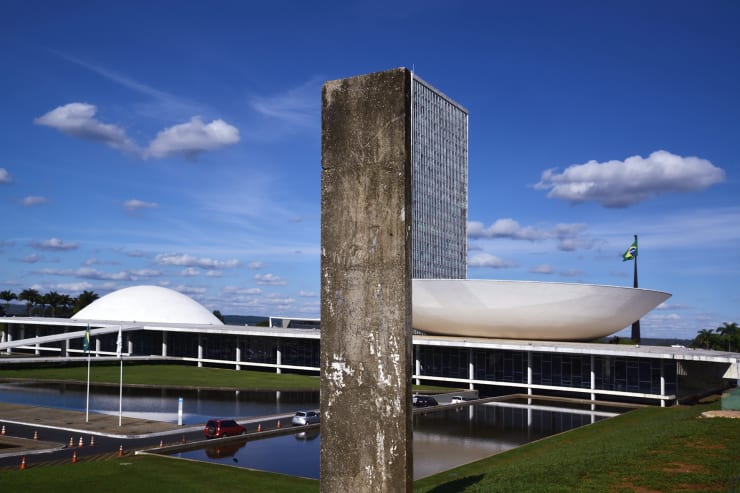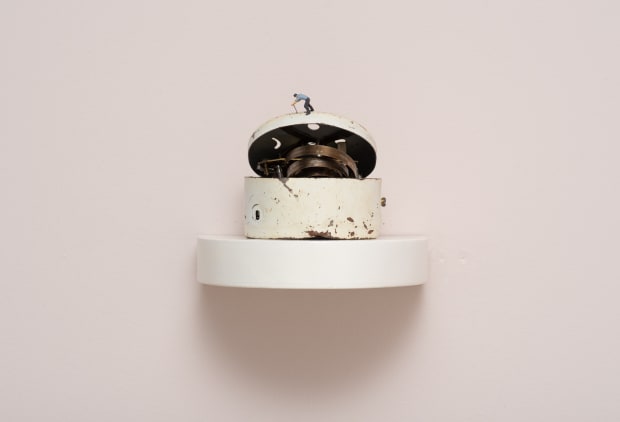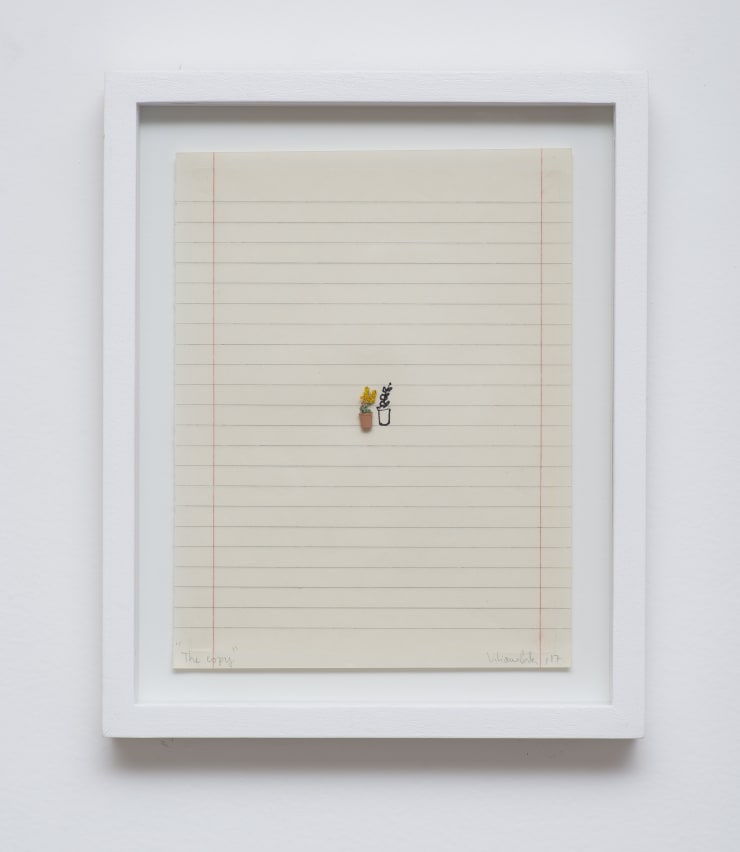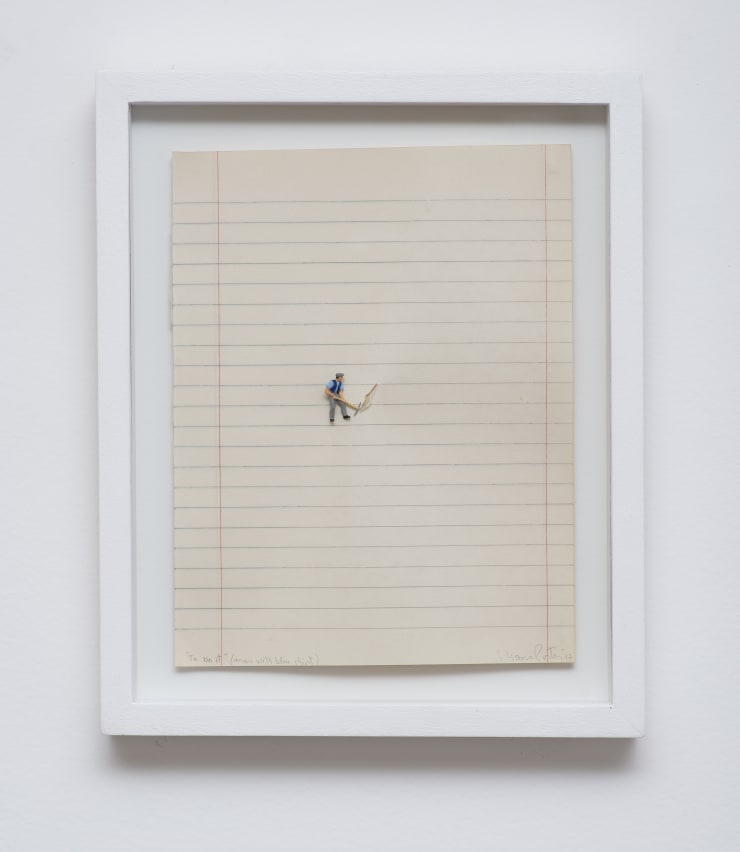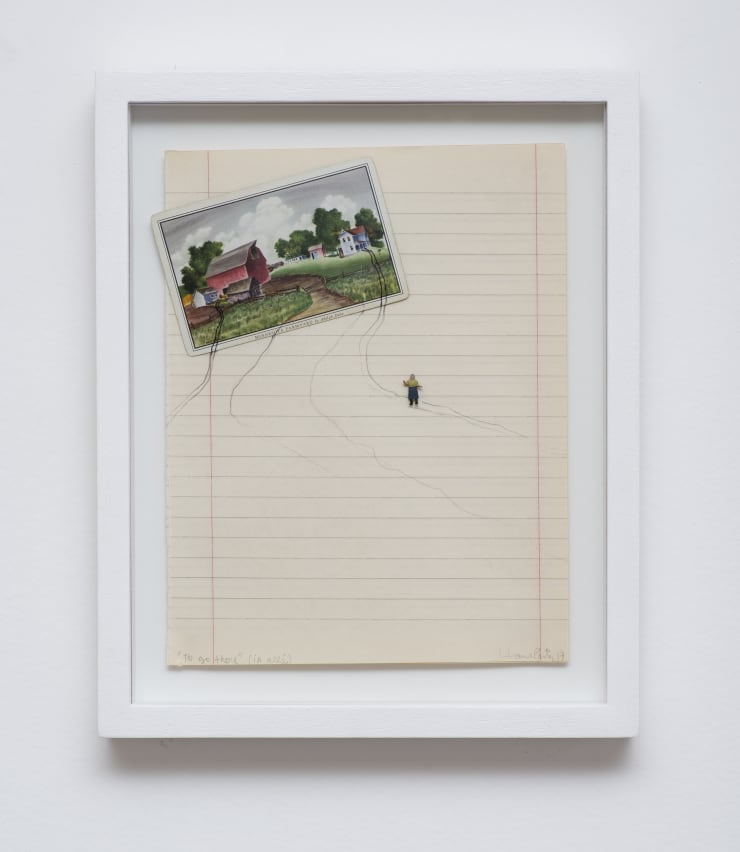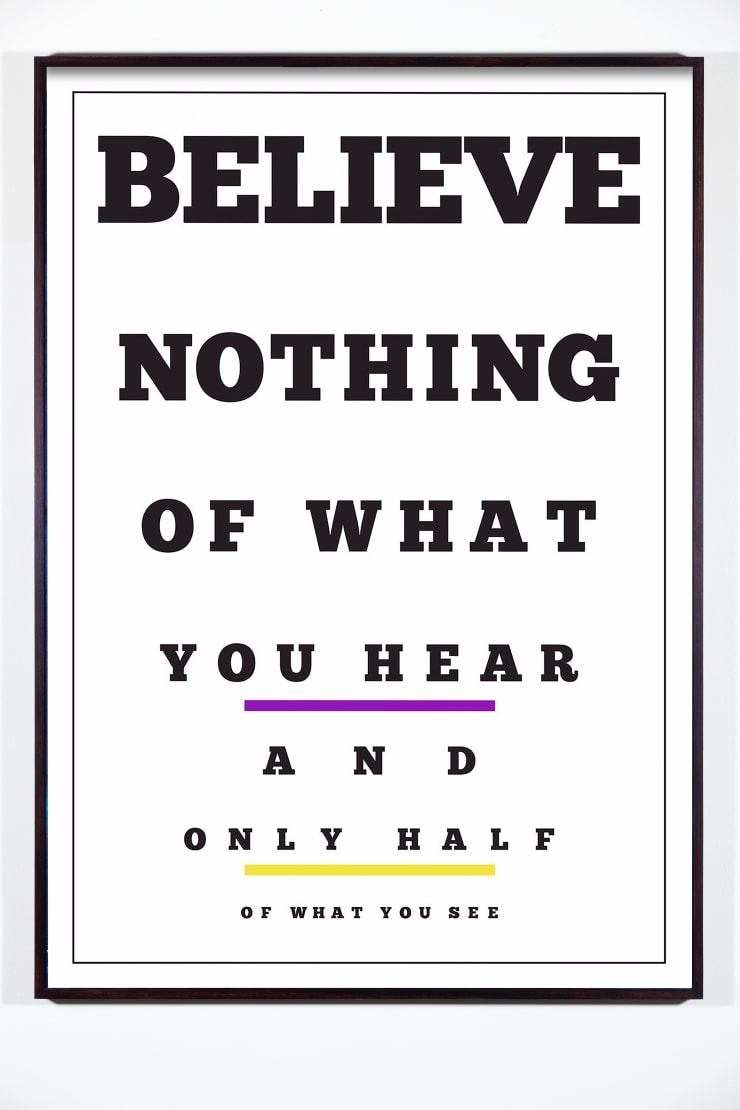-
Dividing Line : Online Exhibition
-
-

"Dividing Line", "Reverso", "Verso", 2020
-

"Places of Power, Sleeping by the Fire Pit", 2013/2015
Impressão pigmento Fine Art | Fine Art pigment print
160 x 213 cm
ed 5 + 2 A.P
-

"Black Dragon (Blue Quartz)", 1994
Quartzo azul e suporte de metal | Blue quartz and metal structure
8,9 x 19,5 x 6,4 cm
ed 19/21
-

Sem título, s.d | Untitled, n.a
Acrílica sobre tela | Acrylic on canvas
70 x 50 cm
-
-

Sem título | Untitled, 2017
Técnica mista sobre linen | Mixed media on linen
26,5 x 17,5 cm
-
-

"Esteira", 2020
Óleo sobre tela | Oil on canvas
150 x 240 cm
-

"Sem Revolução Não Há Independência", 2016
tijolos de cerâmica da época do Brasil Imperial embrulhados em páginas da Constituição Brasileira | Ceramic bricks of the time of Imperial Brazil wrapped up in the Brazilian Constitution pages
64 x 310 x 7,5 cm
-

"Cassino V", 2019
C-print em metacrilato | C-print mounted on Diasec
227 x 180 cm
ed 1/5
-
-

Sem título | Untitled #131, 2019
Massa acrílica e acrílica sobre tela | Plaster and acrylic on canvas
250 x 180 cm
-
-

"Quarto Iracema", 2017
impressão FineArt | FineArt print
102,5 x 153 cm
ed 1/3 + 2 P.A
-
-

To Fix It (Man with Blue Shirt), 2018
Relógio, figura, estante | Clock, figurine, shelf
16 x 12,3 x 14 cm
-
-

"Eclipse", 2020
LED, cronômetro, alumnínio, espelho, espelho de mão única, eletricidade
LED, timer, aluminum, mirror, one-way mirror and electric energy
3,81 x 49,53 cm (diam)
-


